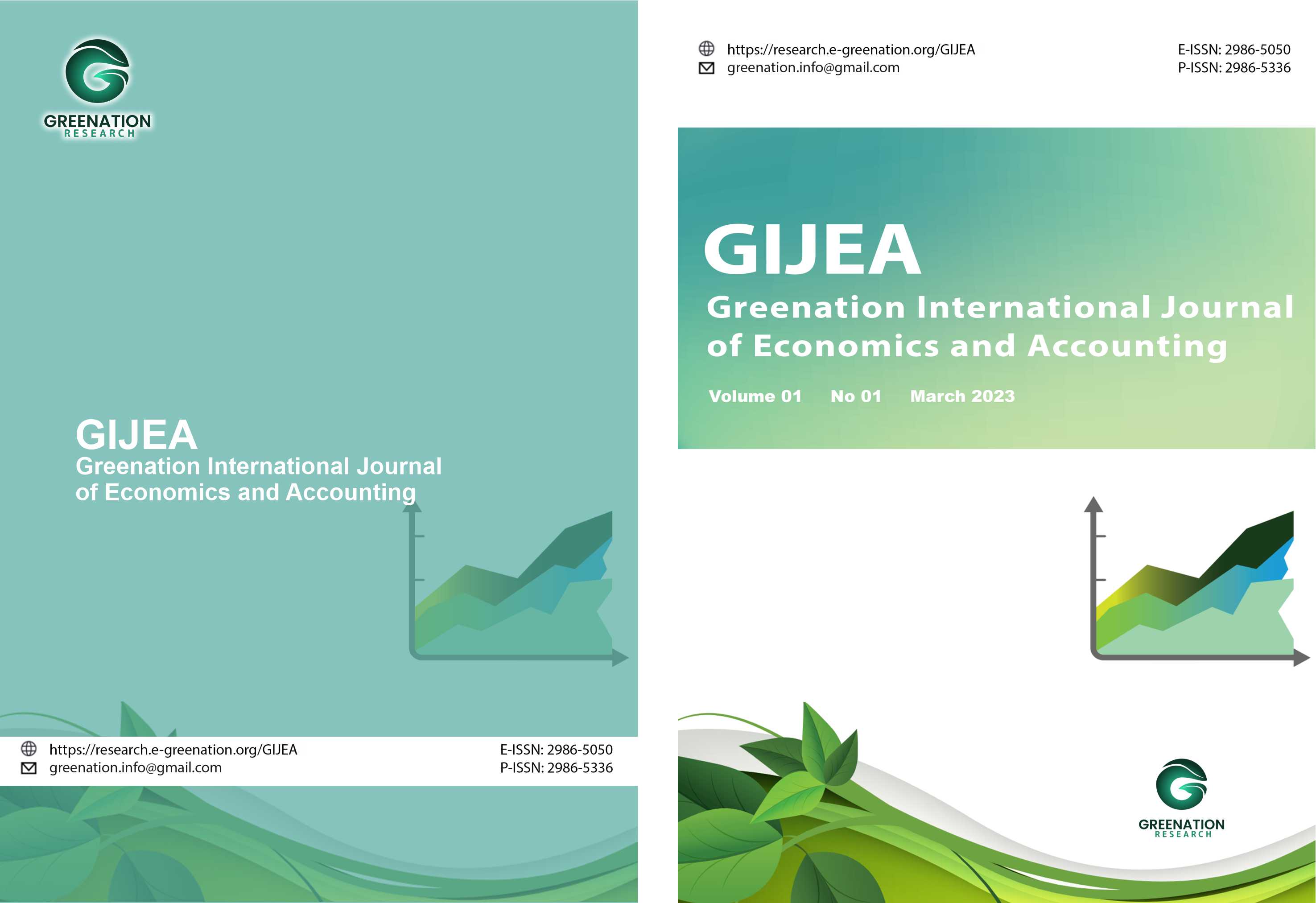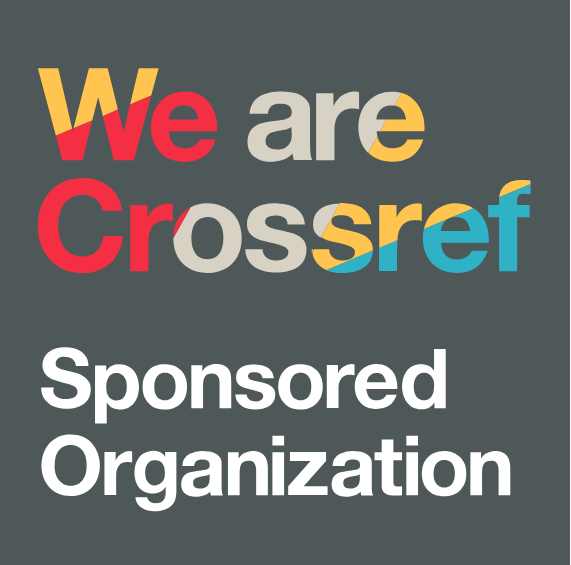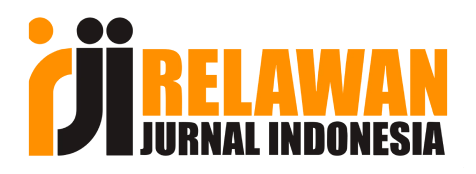The Influence of Competence and Discipline on Employee Performance
DOI:
https://doi.org/10.38035/gijea.v3i1.334Keywords:
Competence, Work Discipline, PerformanceAbstract
The purpose of this research is to determine and analyze: (1) Competence; (2) Work Discipline; (3) Performance; and (4) The Influence of Competence and Work Discipline on Employee Performance at the X Office in West Java Province, both simultaneously and partially. The research methods used in this study are descriptive surveys and explanatory surveys, with the unit of analysis being the employees at Department X in West Java Province, with a sample size of 30 people. The type of investigation is causality, and the time horizon in this study is cross-sectional. Based on the research results, it was found that the Employee Competence at Dinas X in West Java Province received mostly positive responses from the Employees; the work discipline of Employees at Dinas X in West Java Province can generally be considered good, and the Employee Performance at Dinas X in West Java Province is currently rated as good. Competence and work discipline simultaneously influence Employee Performance at Dinas X in West Java Province. However, partially, Competence has a dominant influence on Employee Performance compared to Work Discipline. Because competence has a more dominant influence on performance, it becomes the top priority in improving employee performance. therefore, the X Office in West Java Province is expected to improve the competence of employees at the X Office in West Java Province by involving them in training and education, so that they can work more professionally.
References
Achmad S. Ruky, 2006, Sistem Manajemen Kinerja, PT. Gramedia Pustaka Utama Jakarta
Usmara, 2002, Paradigma Baru Manajemen Sumber Daya Manusia, Yogyakarta : Amara Book
Bambang Wahyudi, 2002, Manajemen Sumber Daya Manusia, Bandung, CV. Setia
Bernardine, Jhon H, and Joice E Russel, 2003, Human Resource Management, Third Edition, McGraw- Hill, Inc. New York.
Brown, F. William, and Nancy G. Dodd, 1992, Utilizing Organizational Culture Gap Analysis to Determine Human Resource Development Needs, Leadershi & Organization Development Journal, Vol. 17, No. 7, pp. 374 – 385, @ MCB University Press
Dale, Timpe A, 2002, Seri Ilmu dan Seni Manajemen Bisnis, Kinerja, terjemahan Sofyan Cikmat, Jakarta, PT Elex Media Computindo.
Davis Keith, New Strom, Jhon W. 2002, Perilaku Dalam Organisasi, Jilid I, Erlangga, Jakarta.
Dessler Gary, 2000, Human Resources Management, Eighth Edition, Prentice Hall International (UK) Limited, London.
George, Terry R. 1995, Principle Of Management, Seventh Edition, Homewood Illionois, Richsard D. Irwin Inc
Gilmore Audrey, David Carson, 1996, Management Competences For Servicer Marketing, The Journal of Service Marketing, Vol 10 No.
Katz & Kahn, 1966. Communication and Organizational Culture, Westren Journal of Speech Communication, 46
Mac Lean. 1996. Employee Training and Development. 2nd Edition. New York : The McGraw-Hill Companies, Inc
Majalah Portalhr. No. 08 - tahun 2004. Kompetensi Resep Ajaib. Melalui http://www.portalhr.com/majalah/edisisebelumnya/strategi/1id198.html
Mitrani, A, Daziel, M. and Fitt, D. 1992, Competence Based Human Resources Management : Value-Driven Strategies For Recruitmen, Development and Reward. London : Kogan Page Limited.
Nawawi, Usman. 2005, Sumber Daya Manusia, Gunung Agung, Jakarta.
Pace R. Wayne, Philip C. smith dan Gordon E Mills. 1998. Human Resource Development; The Field. Englewood Cliffs, N.J. Prentice Hall
Sitepu Nirwana, 1994, Analisis Jalur, Bandung : UPT Jurusan Statistik, FMIPA UNPAD
Raymond S. Ross, 1983, Comunication Within the Organization, New York, Industrial Comunication Council, Inc.
Riduwan, dan Engkos Ahmad Kuncoro, 2008. Cara Menggunakan dan Memaknai Analisis Jalur (Path Analysis). Penerbit Alfabeta, Bandung
Rianto, Setyo, 2004, Pengaruh Kompetensi dan Komitmen terhadap Kepuasan Pegawai serta Implikasinya terhadap Nilai Jasa Kurier., Disertasi., UNPAD.
Sekaran Uma. 2000, Research Methods For Business, Third Edition, John Wiley & Sons, Inc, New York.
Sedarmayanti, 2004, Sumber Daya Manusia Dan Produktivitas Kerja, Bandung : Mizan.
Sondang P. Siagian, 2008, Filsafat Administrasi, Jakarta, PT. Gunung Agung
Spencer,M.Lyle and Spencer,M.Signe. 1993. Competence at Work:Model for Superior.
Sinungan, 2003, Prilaku Organisasi, Bandung Universitas Padjadjaran.
Stewart & Sylvia. 1998, Handbook or Organizational Comunication An Interdisciplinary Perspective, Newbury Park, Sage Publcation
Sugiyono, 2006, Metode Penelitian Bisnis, Bandung Alfabeta.
Veithzal Rivai, 2008, Manajemen Sumber Daya Manusia untuk Perusahaan, Cetakan Pertama, Raja Grafindo Persada, Jakarta.
Werther, William B, Jr, and Keith Davis, 2002, Human Resources and Personnel Management, Fifth Edition, McGraw- Hill, Boston, US.
Wiryanto R. Achmad, 2004, Komunikasi Organisasi, PT. Rosda Karya, Bandung
Winardi. 2004. Motivasi dan Pemotivasian dalam Manajemen. Jakarta: PT, Raja Grafindo Persada
Yuyun Wirasasmita. 2004. Beberapa Catatan Penggunaan Analisis Jalur Dalam Penulisan Tesis dan Disertasi. Makalah Bahan Kuliah Semester II Program Pascasarjana UNPAD.
Downloads
Published
How to Cite
Issue
Section
License
Copyright (c) 2025 Rahmat Rustandi

This work is licensed under a Creative Commons Attribution 4.0 International License.
Copyright :
Authors who publish their manuscripts in this journal agree to the following conditions:
- Copyright in each article belongs to the author.
- The author acknowledges that the GIJEA has the right to be the first to publish under a Creative Commons Attribution 4.0 International license (Attribution 4.0 International CC BY 4.0).
- Authors can submit articles separately, arrange the non-exclusive distribution of manuscripts that have been published in this journal to other versions (for example, sent to the author's institutional repository, publication in a book, etc.), by acknowledging that the manuscript has been published for the first time at GIJEA.

























